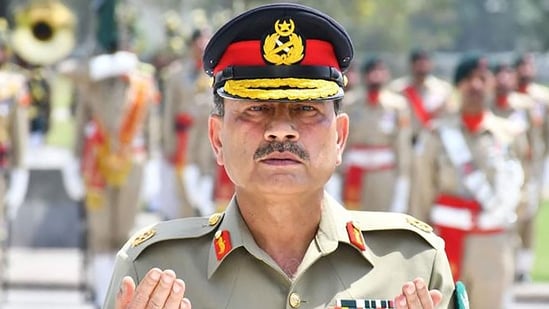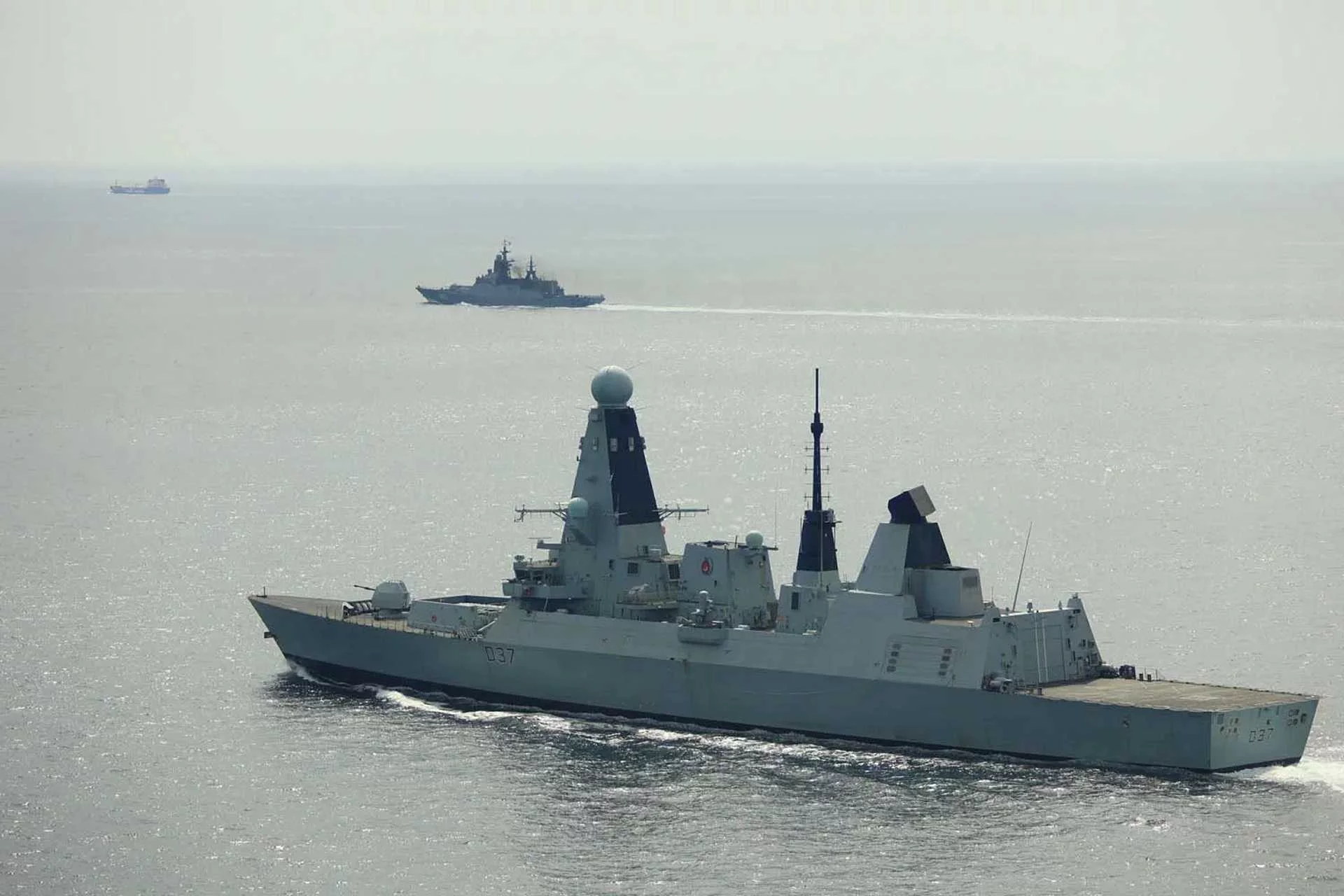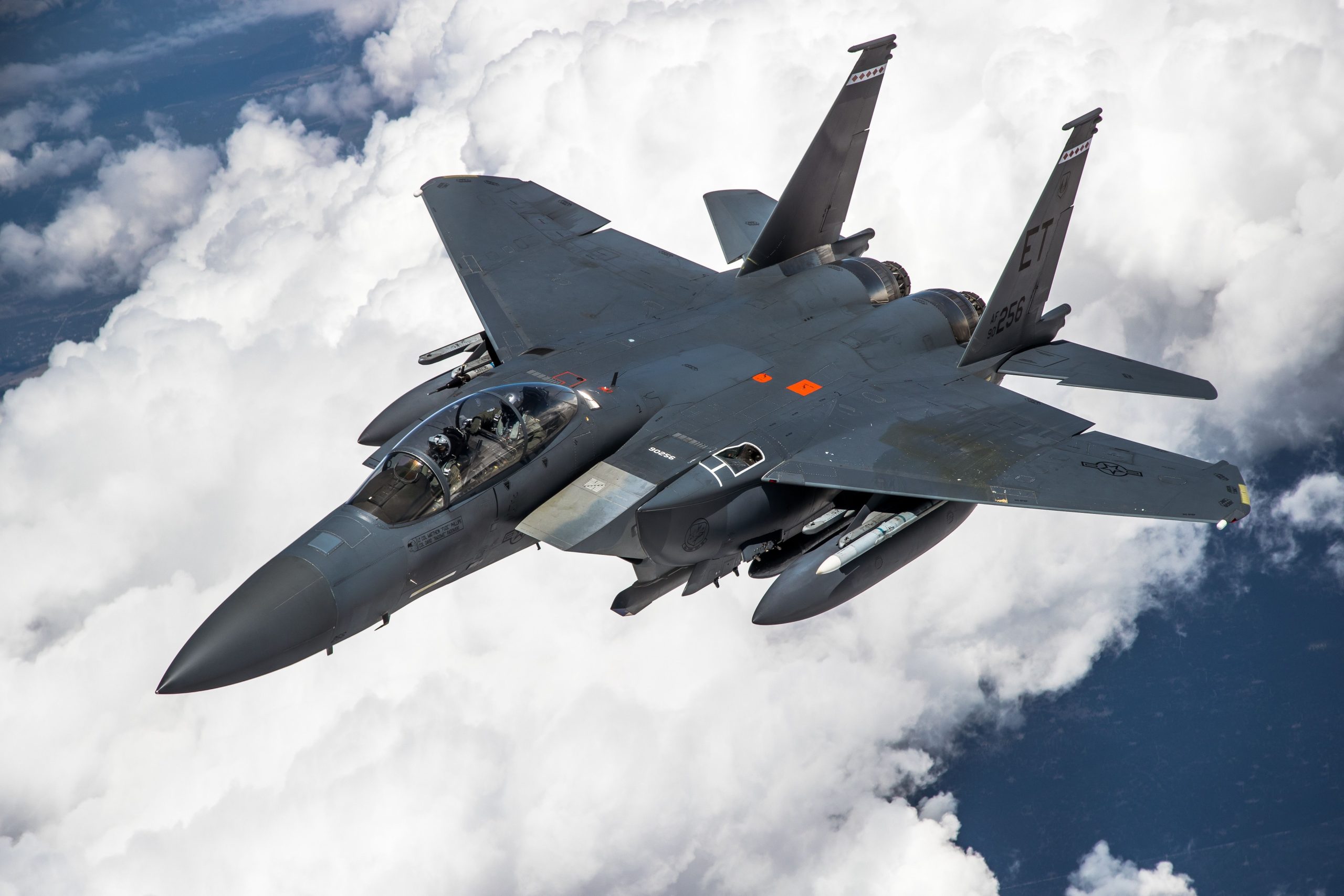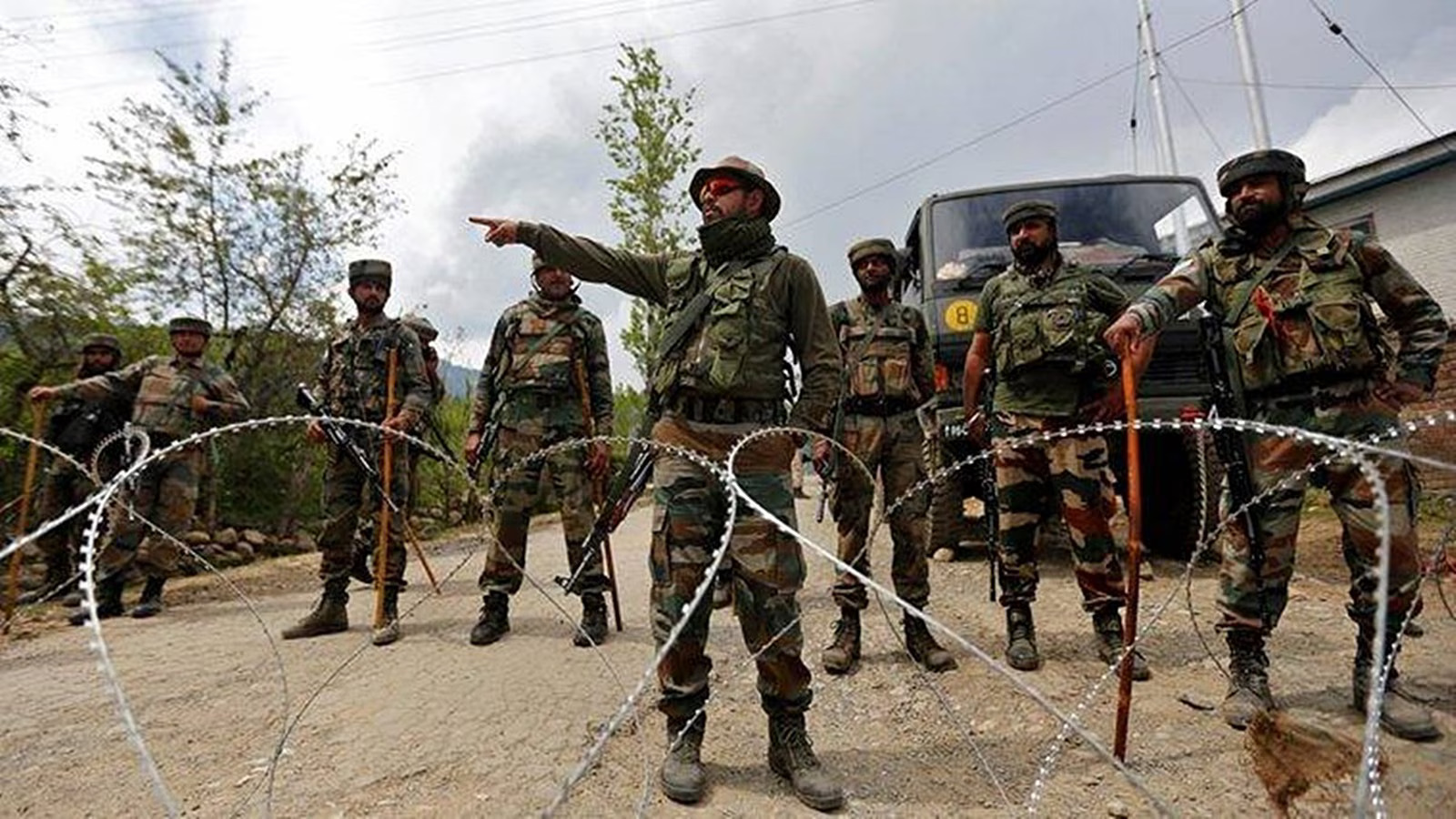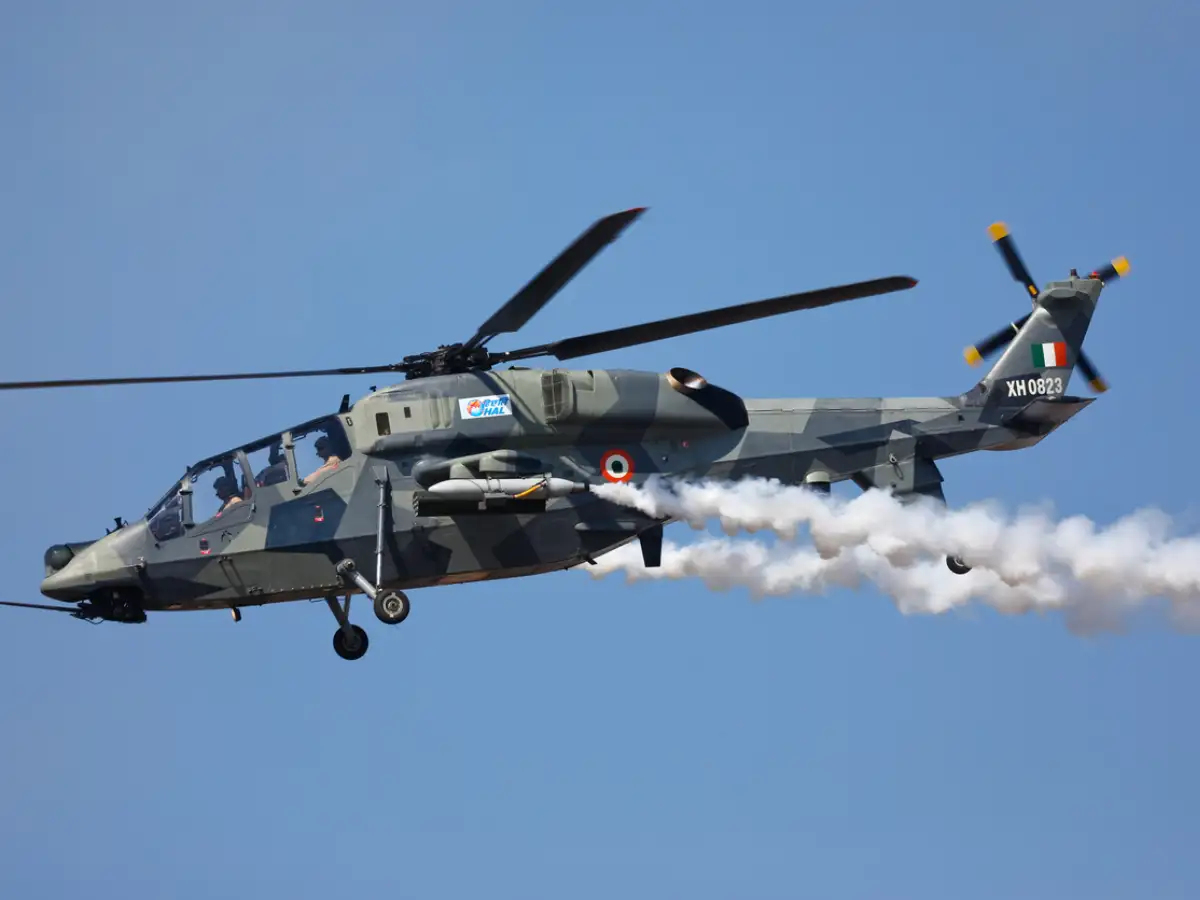Asim Munir Escalates Rhetoric, Threatens India While Calling Pakistan a Regional Stabiliser
In yet another combative address, Pakistan’s Field Marshal General Asim Munir accused India of launching two "unprovoked attacks" and vowed…
British Royal Navy Deploys Warships and Helicopters to Track Russian Warship in English Channel
In a focused four-day operation in June 2025, the British Royal Navy deployed warships and helicopters to monitor and escort…
U.S. Commits $3.1 Billion to Continue Boeing F-15EX Production, Enhancing Air Force Combat Readiness
The U.S. Department of Defense has proposed a $3.1 billion allocation in its Fiscal Year 2026 budget to continue the…
Indian Defence Attaché Issues Stern Nuclear Warning at Indonesian Air Force Seminar
Captain Shiv Kumar, Defence Attaché at the Indian Embassy in Jakarta, delivered a firm warning during two high-level seminars hosted…
LCH Prachand to Get Indigenous Electronic Warfare Suite Developed by DRDO
The Indian Light Combat Helicopter (LCH) Prachand is set to receive a fully indigenous electronic warfare (EW) suite developed by…
Captain Sridhar Tata to Commission INS Tamal in Russia
Captain Sridhar Tata, an accomplished naval officer and alumnus of Sainik School Korukonda, is set to commission the Indian Navy’s…

